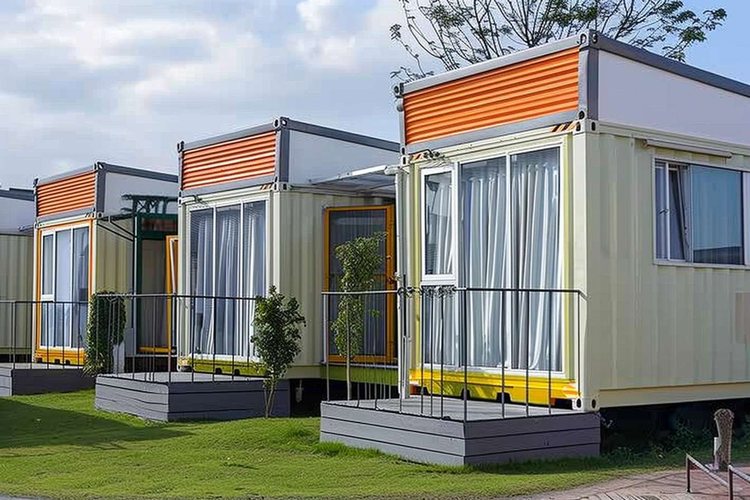Prefabricated Houses in the United States: A Guide to Modern Living
Prefabricated houses have transformed residential construction in the United States, offering efficient, sustainable, and customizable housing solutions. These homes, built in controlled factory environments and assembled on-site, combine modern engineering with innovative design approaches to meet diverse housing needs while often reducing construction time and environmental impact.

Why Choose a Prefabricated House in the U.S.?
Prefabricated houses offer several advantages for homeowners. Factory construction ensures consistent quality control and weather-independent building processes, typically resulting in faster completion times compared to traditional construction. These homes often incorporate energy-efficient materials and design features, potentially leading to lower utility costs. Additionally, the controlled manufacturing environment can reduce material waste and site disruption during construction.
Common Types of Prefabricated Houses in the U.S.
Prefabricated housing encompasses several distinct categories. Modular homes consist of multiple sections (modules) constructed in a factory and assembled on a permanent foundation. Manufactured homes, formerly known as mobile homes, are built on a steel chassis and can be moved. Panel homes utilize pre-made wall, floor, and roof sections assembled on-site. Container homes, repurposed from shipping containers, represent an emerging category in prefabricated construction.
Key Features of Modern Prefabricated Houses
Modern prefabricated houses incorporate advanced building technologies and materials. Standard features often include energy-efficient windows, enhanced insulation systems, and smart home technology integration. Many manufacturers now offer solar-ready designs and sustainable material options. These homes typically meet or exceed local building codes and can withstand various climate conditions through engineered construction methods.
Design and Customization Options
Contemporary prefabricated homes offer extensive customization possibilities. Buyers can typically select from various floor plans, exterior finishes, roofing materials, and interior design elements. Many manufacturers provide options for ceiling height, window placement, and architectural details. Smart home technology, energy management systems, and accessibility features can be incorporated during the manufacturing process.
Approximate Pricing for Prefabricated Houses in the U.S.
| Home Type | Size Range (sq ft) | Base Price Range |
|---|---|---|
| Modular | 1,000-2,500 | $90,000-$250,000 |
| Manufactured | 900-2,200 | $50,000-$150,000 |
| Panel Built | 1,200-3,000 | $120,000-$300,000 |
| Container | 320-960 | $30,000-$200,000 |
Prices, rates, or cost estimates mentioned in this article are based on the latest available information but may change over time. Independent research is advised before making financial decisions.
The prefabricated housing market continues to evolve with technological advancements and changing consumer preferences. These homes represent a practical solution for those seeking efficient construction methods, environmental responsibility, and customizable living spaces. Understanding the various options, features, and cost considerations helps potential buyers make informed decisions about prefabricated housing as a residential choice.




